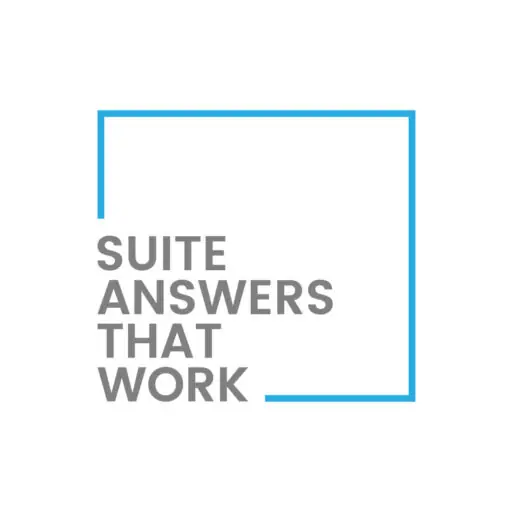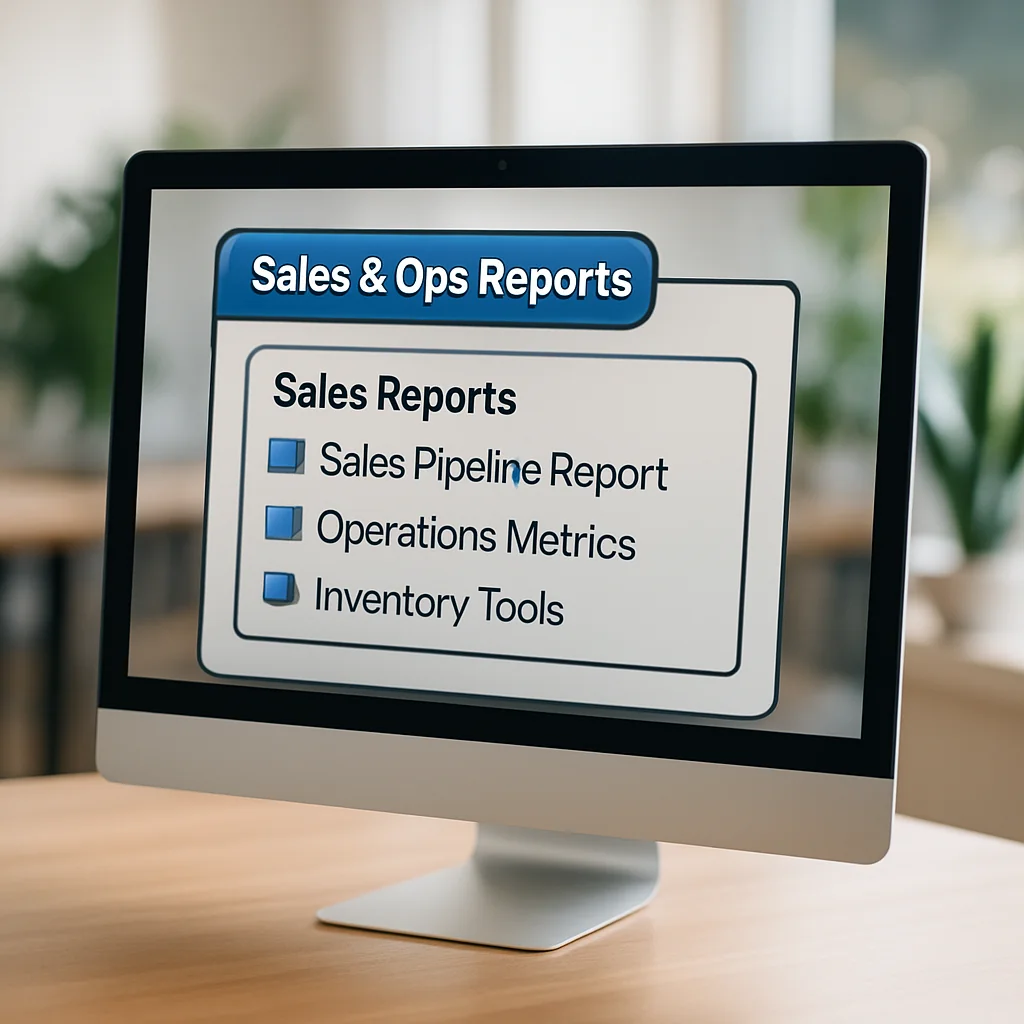As NetSuite administrators, we’ve all seen it happen—your team creates a brilliant saved search, a powerful analytics workbook, or a highly customized report that provides game-changing insights. It gets used, referenced in meetings, and maybe even bookmarked. Then, over time, it quietly fades into obscurity.
Six months later? Someone rebuilds the same report from scratch. Or worse—five people build five slightly different versions of it, cluttering the system with redundant and confusing entries. Sound familiar?
This isn’t just inefficient—it’s a systemic issue that wastes valuable time and litters your NetSuite instance with cluttered, duplicate content. Fortunately, there’s a structured way to solve this problem, and it lies in NetSuite’s built-in tools for report organization: custom tabs, custom categories, and category links.
🚨 The Problem: Tribal Knowledge and Personal Shortcuts
In many organizations, critical reports are either:
- Saved as personal links by the creator (hidden from others),
- Only known by the person who created them, or
- Shared ad hoc via email, Slack, or in meetings, with no central location to rediscover them later.
Even worse, when someone new joins the team or changes roles, that knowledge doesn’t transfer—causing a cycle of re-creation that drains productivity and leads to versioning issues.
✅ The Solution: Custom Tabs, Categories, and Category Links
NetSuite gives administrators a powerful way to centralize and organize critical resources through a combination of custom center tabs, custom categories, and category links.
Here’s how they work together:
🔹 Custom Tabs
Think of a custom tab as a new section in a user’s center (like Reports, Transactions, or Lists). You can create tabs like:
- “Operations Reports”
- “Finance KPIs”
- “Sales Insights”
Each tab becomes a permanent, visible place in the navigation bar based on the user’s role—no need for users to remember or bookmark anything manually.
🔹 Custom Categories
Within each tab, you can create categories to group related content:
- Inside “Sales Insights,” you might have:
- “Lead Conversion Reports”
- “Opportunity Forecasting”
- “Territory Performance”
These categories act like folders, making it easy to visually browse through related analytics assets.
🔹 Category Links
Each category link is a direct link to a saved search, report, SuiteAnalytics workbook, Suitelet, dashboard, or any other NetSuite page. You’re essentially curating a “menu” of valuable tools for the user.
These links aren’t static bookmarks—they update live, and you can control who sees them by publishing by role.
🗂️ Example: Organizing Sales & Operations Reports
Let’s say your sales and ops teams rely on:
- Sales Pipeline Reports (saved search)
- Monthly Order Fulfillment Rates (workbook)
- Suitelet for Inventory Aging
- Demand Forecast Dashboard
You can create:
- A custom center tab called “Sales & Ops Reports”
- Categories like “Sales Reports”, “Operations Metrics”, and “Inventory Tools”
- Category links to each report, workbook, or Suitelet
Now, everyone with the appropriate role (e.g., Sales Manager, Warehouse Lead) sees this tab and can instantly access the latest tools—no rebuilding, no hunting, no outdated bookmarks.
🔐 Role-Based Visibility
This system isn’t just helpful—it’s secure and scalable. You can assign each tab and category to specific role centers (e.g., Classic Center, Sales Center, Manufacturing Center) and restrict visibility by role.
This means you can:
- Publish high-level reports only to executives
- Share operational dashboards just with supply chain managers
- Keep sensitive financial reports limited to accounting
🧹 Benefits from an Admin Perspective
- Eliminates duplication – No more rebuilding the same search five times.
- Reduces clutter – Prevents a growing list of unorganized reports.
- Streamlines onboarding – New users see what they need right away.
- Promotes knowledge sharing – Institutionalizes best-in-class reports.
- Improves performance – Fewer redundant saved searches = cleaner, faster system.
🚀 Final Thoughts
If your NetSuite environment is starting to feel like a junk drawer of forgotten saved searches, now’s the time to clean house. By implementing custom tabs, categories, and category links, you can elevate report organization from tribal knowledge to institutional structure.
The result? A system where everyone sees the right tools, at the right time, in the right place—no rebuilding required.
Need help getting started? Drop your favorite saved search or workbook into a central doc and start curating the content your teams use most. Then, build out the tab structure to match. Your future self—and your users—will thank you.
If you would like some assistance organizing NetSuite for your business or assistance removing searches that are no longer used, contact us and we’d be happy to help.
About Us
We are NetSuite Solutions Providers with 30+ years of combined experience. We specialize in implementation, optimization, integration, rapid project recovery and rescue as well as custom development to meet any business need. Although every business is unique, with 40+ NetSuite clients over the last 5+ years our NetSuite Consultants have most likely seen your challenge or created a similar solution. If you would like more information on NetSuite or just have questions about your project, feel free to contact us Here.

